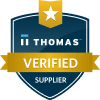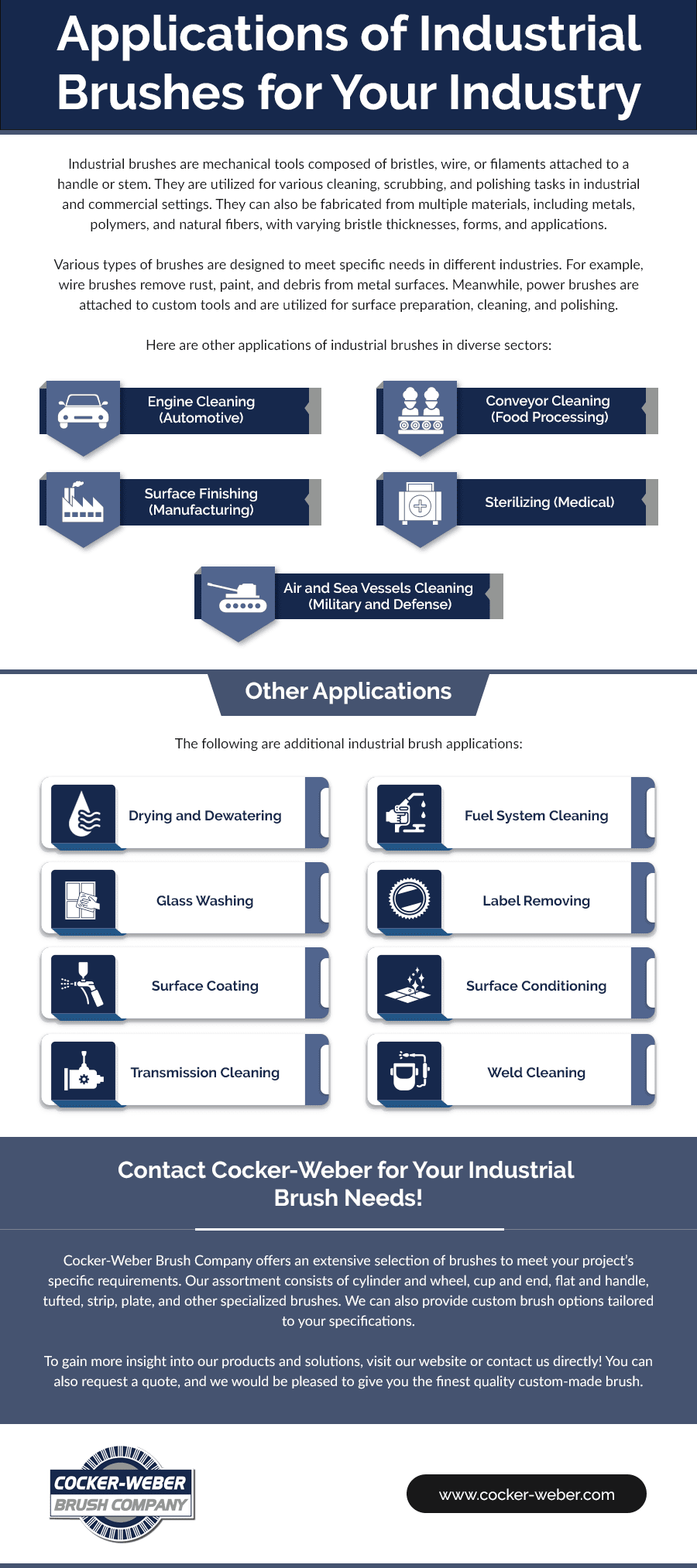Brushes Used for Polishing
Leave a CommentIntegrating industrial brushes into polishing tasks enhances efficiency by providing consistent surface preparation. These brushes, designed with durable bristles and compatible with various surfaces, ensure thorough cleaning and polishing. Their adaptability to different machinery and applications streamlines production processes, minimizing downtime.
This article will discuss the importance and effectiveness of brushes used for polishing, particularly in jewelry, fine metalworking, and ceramic polishing applications.
Jewelry Polishing
Here are three key characteristics of industrial brushes for jewelry polishing:
Soft Bristles
Industrial brushes used for jewelry polishing have soft bristles to prevent scratching or damage to delicate jewelry pieces. These bristles are carefully selected to be gentle yet effective, providing a smooth and flawless finish without compromising the jewelry’s integrity.
Compatibility With Polishing Compounds
Jewelry polishing brushes are designed to work in harmony with various types of polishing compounds commonly used in the industry. Whether it’s rouge, diamond paste, or other formulations, these brushes are engineered to effectively distribute the polishing compound across the surface of the jewelry piece.
Precision and Detailing
Jewelry often features intricate designs and intricate details requiring meticulous attention during polishing. Brushes for jewelry polishing are meticulously crafted to address this need, offering precision in reaching even the most challenging areas of a jewelry piece.
Fine Metalworking Polishing
Discussed below are the characteristics that brushes must have for metalworking polishing:
Abrasive Material
Brushes for fine metalworking polishing often feature abrasive materials such as nylon, silicon carbide, or diamond. These abrasives are selected based on the polished metal and desired finish. For instance, nylon brushes are gentle and suitable for softer metals.
Bristle Density and Flexibility
The density and flexibility of the bristles in metalworking polishing brushes are crucial for achieving desired surface finishes without causing damage. Brushes with densely packed bristles provide more aggressive polishing action, while flexible bristles conform better to intricate shapes.
Compatibility With Metalworking Equipment
Brushes for fine metalworking polishing must be compatible with the machinery and equipment used in manufacturing. This includes brush size, mounting options, and compatibility with automated polishing systems.
Ceramic Polishing
Industrial brushes for ceramic polishing must possess the following characteristics:
Abrasive Material
Brushes used for ceramic polishing typically feature abrasive materials such as silicon carbide or diamond particles embedded in the bristles. These abrasives are critical for effectively removing imperfections and achieving a smooth, polished surface on ceramic materials.
Flexibility and Durability
Ceramic polishing brushes need to strike a balance between flexibility and durability. They should be flexible enough to conform to the contours of the ceramic surface while maintaining enough rigidity to exert adequate pressure for polishing.
Heat Resistance
Ceramic polishing generates heat due to friction between the brush and the material. Therefore, brushes used for ceramic polishing should have heat-resistant properties to withstand high temperatures without degradation. Heat resistance ensures prolonged brush life and consistent polishing performance.
Partner With Cocker-Weber Brush Company for High-Quality Brushes
At Cocker-Weber Brush Company, we offer an extensive selection of brushes to meet your unique requirements! Our diverse assortment includes cylinder and wheel brushes, cup and end brushes, flat and handle brushes, tufted brushes, and other specialized brushes. We also provide custom solutions designed to your exact specifications.
Contact us today to learn more about our products! You can also request a quote now.









